How population genetics uncovers the secret lives of ants, and why it matters

In the recent paper “Socio- and population genetic analyses of two West-African ponerine species (Megaponera analis and Paltothyreus tarsatus) with winged and wingless queens (Hymenoptera: Formicidae)” published in Myrmecological News, the authors Marius Pohl, Erik Thomas Frank, and Jürgen Gadau investigated the effects of an environmental barrier on gene flow of two ant species in the Comoé National Park, Côte d’Ivoire. While both species have winged males, one species, M. analis, has wingless queens and the other one, P. tarsatus, has winged queens. The analysis revealed that the sociobiological structure of M. analis was mostly monogynous and monandrous while it was mixed in P. tarsatus. Gene flow in M. analis was restricted by wingless queens but compensated for by male dispersal on the nuclear DNA level, emphasizing the importance of winged sexuals in social insect reproductive strategies for sufficient gene flow across minor environmental barriers. Here, Jessica Purcell highlights the main points.
A Review by Jessica Purcell
Edited by Alice Laciny, Patrick Krapf, and Beatriz Portinha
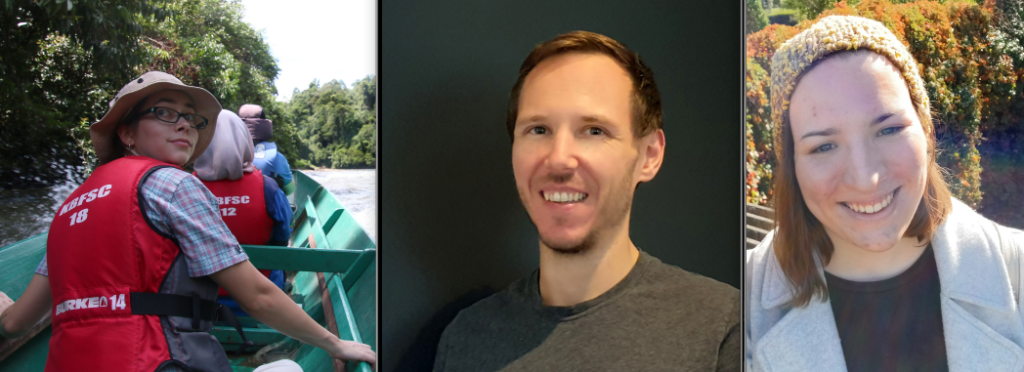
Well-studied ant species vary extensively in their life history and colony social structure. Many weird and wonderful characteristics of ant societies have been uncovered through genetic analysis, from extensive variation in the number of offspring-producing queens and males in ant colonies (reviewed by Heinze and Keller 2000), to the presence or absence of worker reproduction (e.g. Giehr et al. 2020), to downright odd modes of inheritance, including various forms of parthenogenesis (reviewed by Wenseleers and Van Oystaeyen 2011). The more we look, the more variation we find, opening new avenues for exploration and discovery.
In their new article in Myrmecological News, Pohl et al. examine the dispersal limitation and colony social organization of two West African Ponerine ant species, Megaponera analis and Paltothyreus tarsatus. These species are broadly sympatric and have similar worker morphologies and colony sizes. However, M. analis produces wingless queens and generally disperses through colony fission (i.e., the colony divides when is has reach a specific size), while P. tarsatus produces winged queens and exhibits independent colony foundation (i.e., winged queens fly off to establish a new colony). Due to this difference in the mode of dispersal, the authors propose that natural barriers, such as the Comoé River in their study area, may differentially restrict dispersal by wingless and winged queens. By comparing the genetic structure of nestmates collected from four subpopulations of each species in the Comoé National Park in Côte d’Ivoire, the authors identified intriguing differences in the composition of individuals in nests of both species, as well as striking differences in population structure.
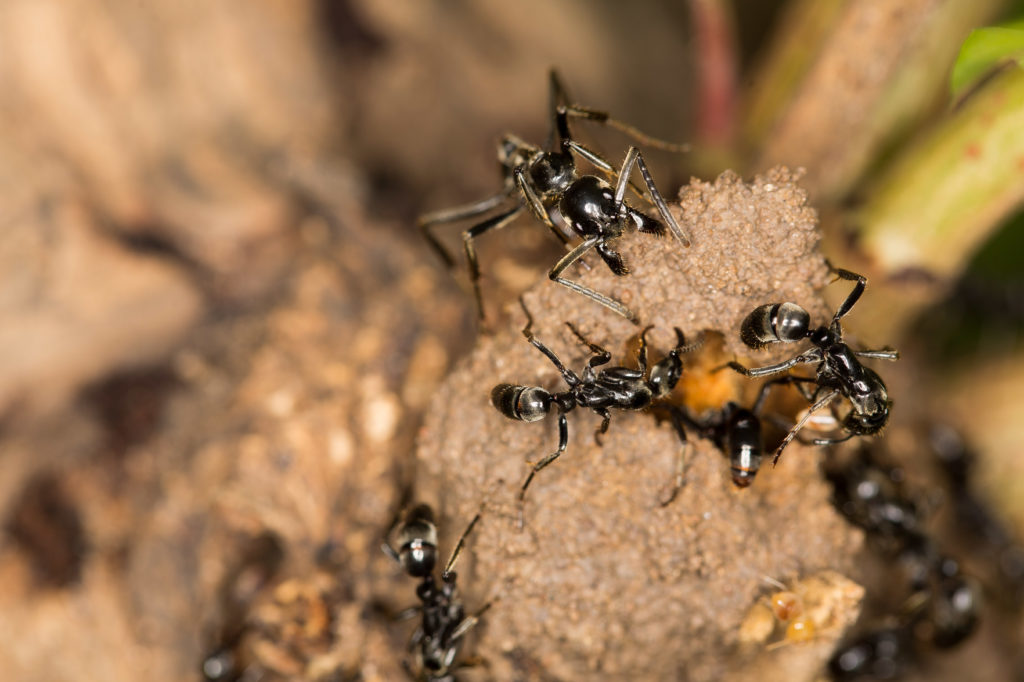
Based on microsatellite genotyping of 10-20 workers per colony, the authors determined that ~58% of the 78 M. analis colonies were likely monogynous (single-queened) and monandrous (a queen mated with a single male).Workers from a further 37% of colonies harbored one ‘excess’ allele at one or more microsatellite loci. The authors suggested that this could reflect polyandry in one queen or, perhaps more likely, could be an indication of recent colony fission. Under the hypothesis of recent colony fission, they reason that, immediately after a colony splits, the propagule with the new queen (i.e., a group of workers and a queen that start a new colony) will exclusively contain workers that are her full sisters. As the new queen begins to produce offspring, there will be a transitional period during which both sisters and daughters of the queen coexist, and the daughters may have a novel allele at each locus, inherited from their father. Over time, sister workers would be replaced by daughters of the new queen and her mate. Just 5% of colonies appeared to have more complex parentage, but the authors could not rule out technical genotyping artifacts in most cases. The social structure was more variable in P. tarsatus colonies, with 23% of the 30 colonies exhibiting genetic variation consistent with monogyny and monandry, 47% of colonies consistent with monogyny and polyandry, and 30% of colonies exhibiting much greater allelic diversity consistent with polygyny.
Conforming to their expectations, Pohl et al. also show that M. analis has highly structured populations based on mtDNA, with the Comoé River forming a strong barrier to female-mediated dispersal. This population structure was not recovered in analyses of six microsatellite loci, indicating that males mediate long-distance gene flow in this species. This inference was further supported by a lack of inbreeding detected in this population, suggesting that queens rarely mate with close relatives. In contrast, the authors detected no population substructure in P. tarsatus for either mitochondrial or nuclear markers, indicating that the winged queens of this species disperse farther than wingless M. analis queens, and that the river does not prevent queen-mediated gene flow in P. tarsatus.
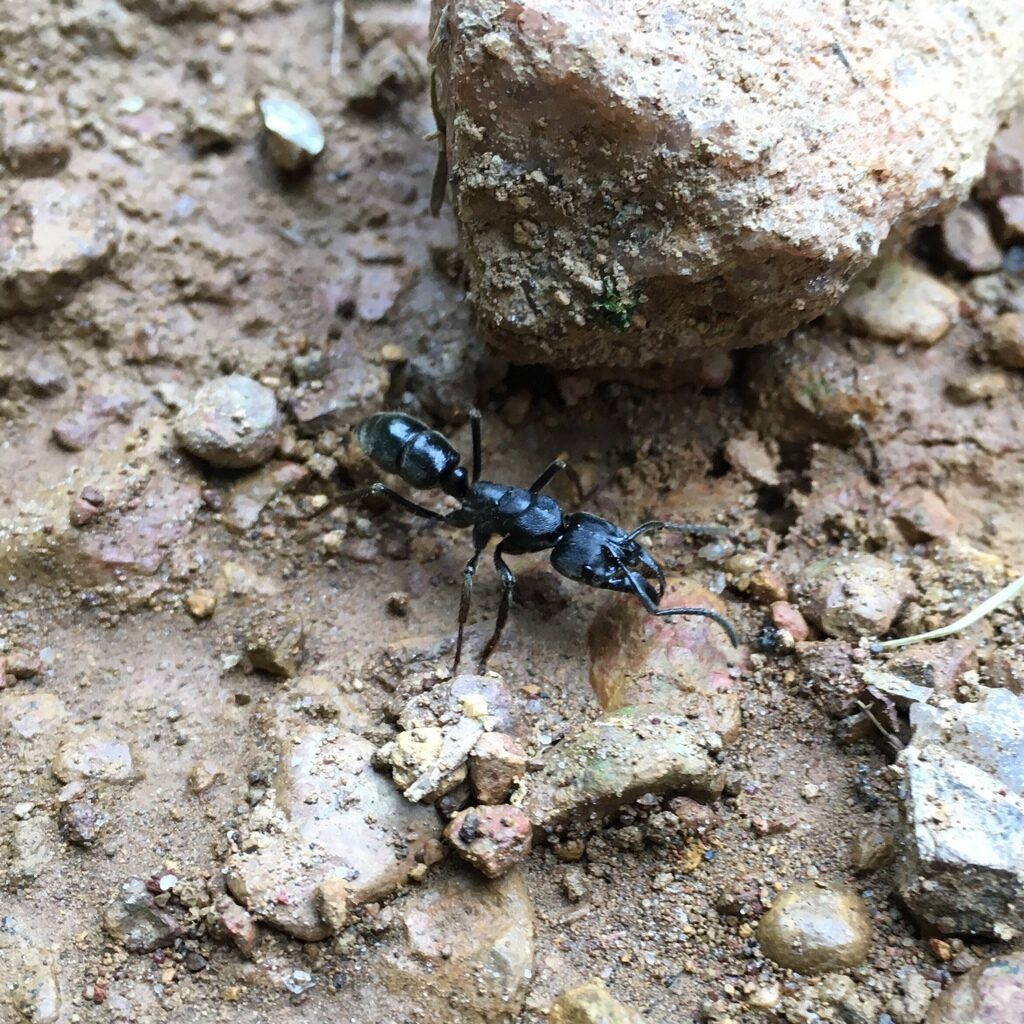
The authors balance their efforts between attaining sufficient genetic information about nestmate workers (10-20 workers/colony) and collecting individuals from a substantial number of colonies (78 M. analis colonies from the study area and 30 P. tarsatus colonies), for an impressive sample of 1775 individuals genotyped for the study. One of the challenges of social insect research is striking an appropriate balance between sampling colonies at a sufficient depth to be able to confidently infer the social structure and sampling a large enough number of colonies to detect species-level variation in social organization and to infer patterns of gene flow. The balance of effort in Pohl et al. is commendable.
Similar analyses using mitochondrial DNA and microsatellite markers have been used for several decades to gain insight into the private lives and dispersal tendencies of many ant species (e.g. Pamilo et al. 1997, Rüppell et al. 2003, Chapuisat et al. 2004, Johansson et al. 2018). While next generation sequencing technologies such as ddRADseq and whole genome resequencing have become more widely used and offer some advantages, we can still learn a great deal about species such as M. analis and P. tarsatus using more classical methods. Future studies can build upon this foundational research in a number of interesting ways. For example, since M. analis colonies containing a new queen and her sister workers are relatively common in Comoé National Park, this population could provide an opportunity to establish a natural experiment to examine reproductive conflicts between a new queen, her sister workers, and her daughter workers. I admit a bias (see citations below), but I am always intrigued by populations that exhibit a clear polymorphism in colony social structure, as the authors found in P. tarsatus. Future research might investigate whether P. tarsatus colonies with alternative social forms differ in their microhabitat (e.g. Purcell et al. 2015), or whether there is a genetic basis for variation in queen number (e.g. McGuire et al. 2022; Pierce et al. 2022). Overall, I urge researchers to continue to carry out basic population genetics analyses, as Pohl et al. did here, because they can help to identify otherwise hidden avenues for broader research.
References
Chapuisat, M., Bocherens, S., & Rosset, H. 2004: Variable queen number in ant colonies: no impact on queen turnover, inbreeding, and population genetic differentiation in the ant Formica selysi. – Evolution 58: 1064-1072.
Giehr, J., Wallner, J., Senninger, L., Ruhland, K., Krüger, T., & Heinze, J. 2020: Substantial direct fitness gains of workers in a highly eusocial ant. Molecular Ecology 29: 3720-3730.
Heinze, J., & Keller, L. 2000: Alternative reproductive strategies: a queen perspective in ants. – Trends in Ecology & Evolution 15: 508-512.
Johansson, H., Seppä, P., Helanterä, H., Trontti, K., & Sundström, L. 2018: Weak population structure in the ant Formica fusca. – PeerJ 6: e5024.
McGuire, D., Sankovitz, M., & Purcell, J. 2022: A novel distribution of supergene genotypes is present in the socially polymorphic ant Formica neoclara. – BMC ecology and evolution 22: 1-12.
Pamilo, P., Gertsch, P., Thorén, P., & Seppä, P. 1997: Molecular population genetics of social insects. – Annual Review of Ecology and Systematics 28: 1-25.
Pierce, D., Sun, P., Purcell, J., & Brelsford, A. 2022: A socially polymorphic Formica ant species exhibits a novel distribution of social supergene genotypes. – Journal of Evolutionary Biology 35:1031-1044.
Pohl, M., Frank, E.T., and Gadau, J. 2022: Socio- and population genetic analyses of two West-African ponerine species (Megaponera analis and Paltothyreus tarsatus) with winged and wingless queens (Hymenoptera: Formicidae). – Myrmecological News 32:
Purcell, J., Pellissier, L., & Chapuisat, M. 2015: Social structure varies with elevation in an Alpine ant. – Molecular Ecology 24: 498-507.
Rüppell, O., Strätz, M., Baier, B., & Heinze, J. 2003: Mitochondrial markers in the ant Leptothorax rugatulus reveal the population genetic consequences of female philopatry at different hierarchical levels. – Molecular Ecology 12: 795-801.
Wenseleers, T., & Van Oystaeyen, A. 2011: Unusual modes of reproduction in social insects: shedding light on the evolutionary paradox of sex. – BioEssays 33: 927-937.


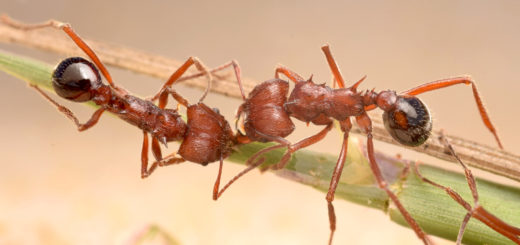
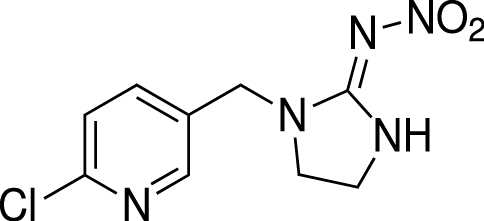

Recent Comments